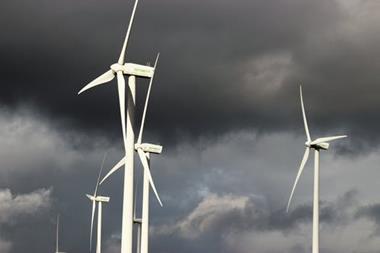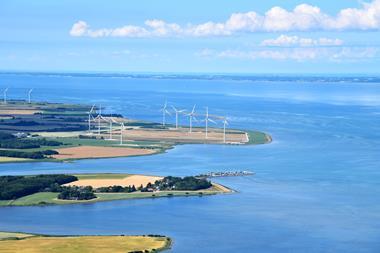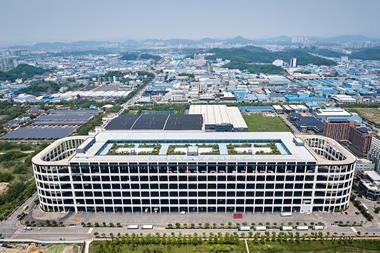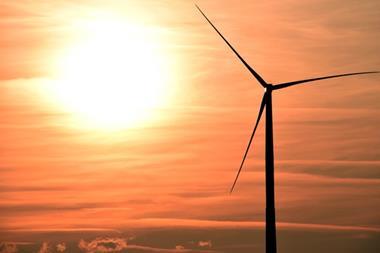Capital is continuing to flow into renewable energy investments, despite potential obstacles such as the pandemic and the crowded nature of the green investment space, with governments around the world supporting the transition to lower-carbon economies, investors and experts said in an online ESG discussion yesterday.
Speaking at the IPE Real Asset and Infrastructure Global Investor Conference 2020, Claus Fintzen, CIO for infrastructure debt at Allianz Global Investors, said: “In the discussions we have been having with investors in the last 12 to 18 months, I think there is the real momentum right now in looking into carbon-neutral developments.”
While the COVID-19 situation has been very difficult and is likely to lead to a severe recession, he said he did not think it would a have a major impact on the environmental discussion that had started.
Asked whether investors could still make attractive risk-adjusted returns in what was an increasingly competitive space, Fintzen said that, on the debt side at least, investors were making decisions based on relative-value considerations.
He said: “Clearly had someone told us 15 years ago that the 15-year swap rate is negative and if you are lucky you get 1.2%, 1.3% margin on your financing of your renewables portfolio, everyone would have said, how does this make sense?”
“But in comparison to what you get on the listed side it still makes sense, and I think this is what institutional investors are doing, They look on a relative-value basis,” he said, adding that pricing was equally tight on the equity side.
Tomas Dauden, principal, responsible Investing at Ontario Teachers’ Pension Plan, said there had been a significant move by most governments to increase renewables over the past 10 years, and this had worked.
While government incentives for renewable energy investments had led to a crowded space, he said the Canadian pension fund’s investment strategy had since changed to achieve stronger returns.
“When we were using those government incentives, there was very little counterparty risk, which I guess was what drove so many people into that space,” he said.
“Now, instead of looking for a government PPAs, we’re looking for a corporate PPAs – so working with reputable organisations out there making renewable energy targets happen.”
While this came with more counterparty risk, it was a way the pension fund had found to gather more attractive returns, he said.
Simon Whistler, senior specialist at the UN Principles for Responsible Investment (PRI), said institutional investors needed to do more to support the change to a more sustainable world.
“There are various different ways we’d like to see more from investors,” he said. “It can’t just be left to the decent-sized minority that are doing good work at the top.”
Whistler said the uptake by institutional investors on renewable energy in recent years had been massive.
“That is almost certainly going to continue over the next few years,” he said. “I don’t think there’s any stopping the momentum there.”
However, he said it was now the time for governments to be more proactive, more ambitious with their climate targets and what they wanted to achieve, and to create the environment for institutional investors to do more as well.
“There is action happening and there is certainly the work the EU is doing that is being taken up elsewhere, with Malaysia, for example, working on its own taxonomy. So there are a number of other counties that are taking up that mantel,” Whistler said.
It was not just about green power, he said, but all the related consumer and corporate activities that went alongside that.













